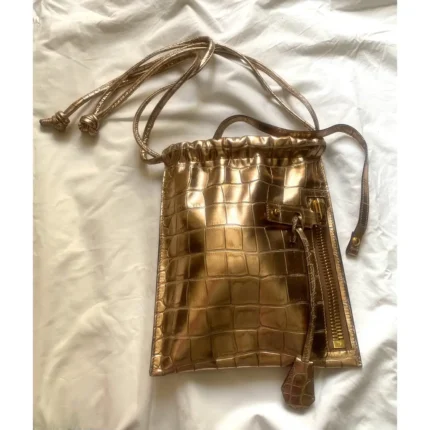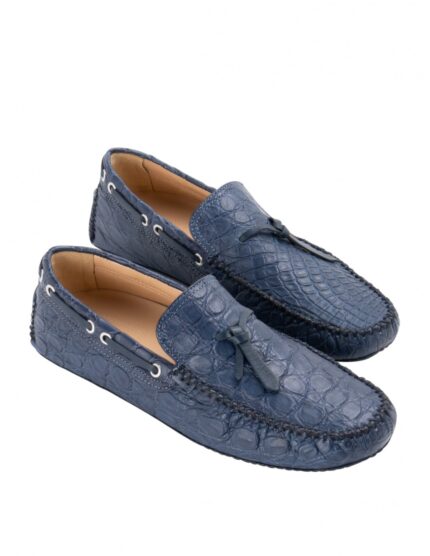Description
Coated textiles are innovative materials that have transformed various industries through their enhanced properties and functionalities. By applying a coating to the surface of a fabric, manufacturers can improve the textile’s resistance to water, abrasion, UV radiation, and even fire. This makes coated textiles particularly valuable in applications such as outdoor gear, industrial equipment, and protective clothing. For instance, waterproof jackets often utilize a polyurethane or silicone coating, allowing wearers to stay dry in inclement weather while maintaining breathability.
Moreover, the versatility of coated textiles extends to their aesthetic applications. Designers frequently exploit the variety of colors, textures, and finishes achievable through different coatings, giving rise to products that are not only functional but visually appealing. In the fashion industry, for example, materials like coated denim and performance fabrics are gaining popularity for their unique looks and practical benefits. Additionally, the coatings can provide easy-to-clean surfaces, which is particularly advantageous in environments such as hospitals and catering services, where hygiene is paramount.
Sustainability is also a growing focus in the coated textiles market. As consumers become more environmentally conscious, manufacturers are exploring eco-friendly coating processes and materials. Biodegradable coatings and recycled fabrics are emerging trends that aim to reduce the environmental impact of textile production. Companies are investing in research to develop coatings that not only meet performance standards but also align with sustainable practices, reflecting a paradigm shift towards responsible manufacturing in the textile industry. Overall, coated textiles exemplify the intersection of technology, design, and sustainability, making them a dynamic field with significant potential for future developments.

















